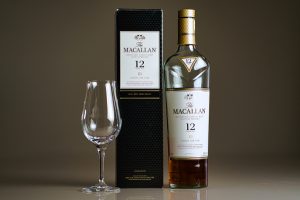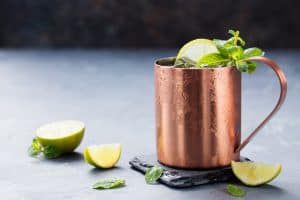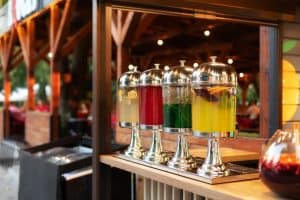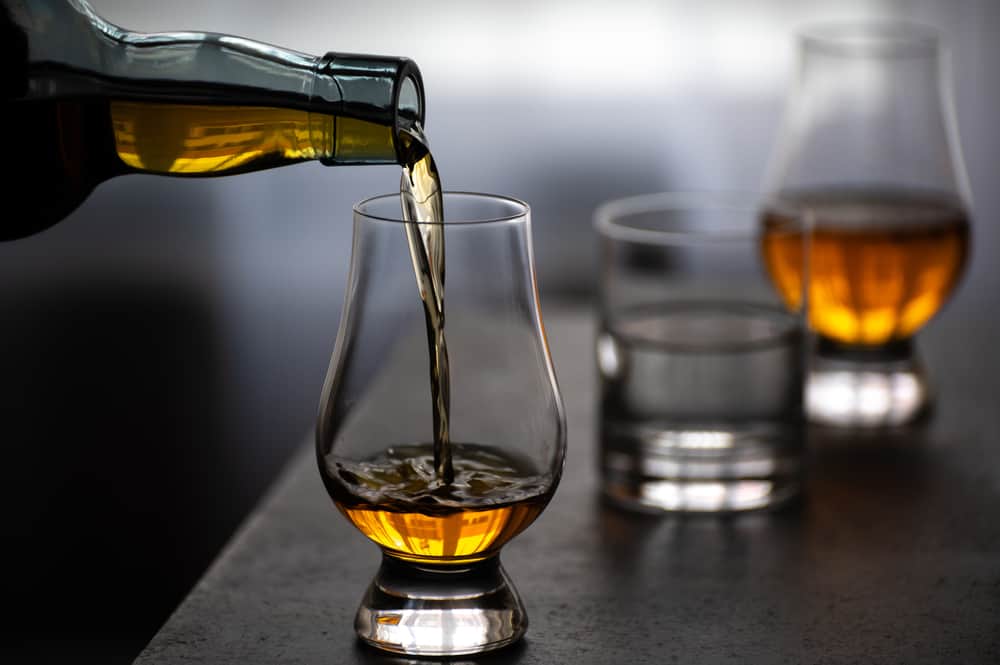
So, you received a bottle of single malt whisky as a gift or purchased your first bottle after a promotion. You may have questions. What is a single malt? What should I do or not do? How do I drink a single malt whisky?
Whisky aficionados swear by some basic methods. Drink the first sip neat. Serve whisky at the correct temperature. Use the proper glassware. Check and smell the whisky. Decide against or for adding water, ice, or a mixer.
This article will unpack these questions to ensure you enjoy every sip of your dram. We will offer some tips on elevating your single malt whisky experience. And you’ll learn how to drink a single malt whisky like an expert.
Preliminary Whisky Terminology
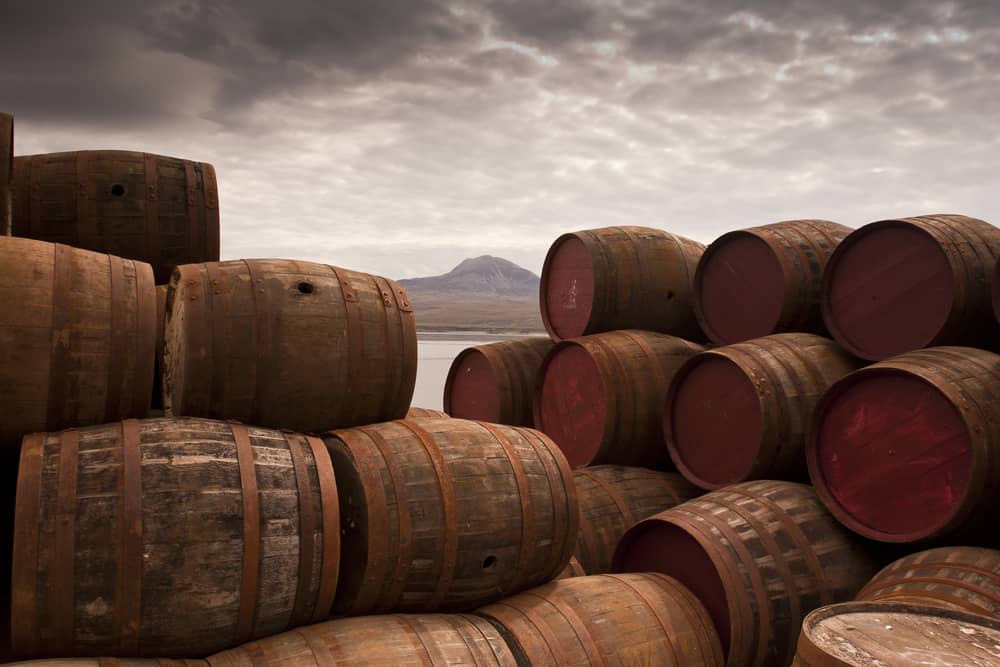
‘Single’ and ‘malt’ are some terminologies used in the world of whisky.
Single means it’s a whisky from one distillery, not a ‘single’ batch, cask, or even a single day. Simply put, most single malt whiskies are a blend. It is ‘blended’ from different casks at the same distillery—different casks and ages produce different flavor profiles. Distilleries do this to end up with a balanced single malt whisky.
All whiskies start their journey as a grain, whether corn, rye, wheat, or barley. First, you will need barley—lots of it.
To turn the dull barley into malt, it is steeped in water, which is drained afterward. Traditionally, barley is spread over the malting floor and allowed to germinate (usually taking 6 to 7 days). During germination, enzymes convert the starches to a sugar called maltose.
The distillery then dries the barley in a dryer or kiln. Traditionally, it is dried by peat fires below the malting floor where the smoke filters through and dries the barley—from there, the reference to a smoky peat flavor.
Essentially, the single in single malt refers to a single distillery using a single grain, in this case, barley. If you want to learn more about the traditional malting and distillation process, you can watch a short video here.
Before Drinking Your Whiskey

There are a few things to consider before you sit down to drink your single malt whiskey.
First, you need to consider the serving temperature—this will greatly impact the overall taste. Secondly, a glass is not just a glass. Using the ‘correct’ glassware can elevate the overall experience. Lastly, we will look at some things to check before you start drinking your dram.
Serving Temperature
We serve most alcoholic drinks chilled or cold, but this is not the case for whisky. We serve it at room temperature—around 20 degrees Celsius, or 68 degrees Fahrenheit. Why? Because when you chill or refrigerate whisky, the delicate flavors will become dull and hidden; you will also lose a part of the aroma.
Ice will water your whisky down, and many purists consider it poor form. We will look at adding water later. If you prefer ice, opt for large cubes or spheres—they melt slower.
If you prefer to drink your whisky cold or chilled, you can opt for whisky stones. Whisky stones are the perfect alternative to ice cubes, helping keep your drink chilled without diluting the whisky’s flavor.
Glassware
Large, heavy tumblers may look fancy, but it is detrimental to the flavors, according to the experts.
Their recommendation is a tulip-shaped glass. You can swirl your whisky without spilling the precious nectar, and it concentrates the aromas in the glass’s neck. Look over here for an impressive line-up of whisky glasses to suit all budgets and tastes.
Checks, Legs & Smell
Temperature, checked. Glassware, checked. Now more about checking and smelling your whisky.
The Color
Check the color of your whisky. The color is not a sign of the age but how it was aged. The golden color is usually from sherry oak casks, while bourbon casks result in a more pale or straw-like color.
The Legs
Look at the ‘legs.’ No, your whisky won’t walk away. Legs result when you swirl your whisky briskly, covering the inside of the glass. The stripes or legs run down the side of the glass to the bottom. The longer it takes, the more mature the whisky.
The Smell
Smell your whisky. Also known as nosing the whisky. To do this, you will pass the whisky under your nose while taking a deep breath through your nose.
Make some mental notes on what you notice first. Repeat this process a few times and add it to your list of mental observations. Drinking whisky involves multiple senses, and nosing adds to this sensory experience.
So, now you know where your whisky comes from and how to handle and serve it. Let’s get to the good part—drinking it.
Drinking Single Malt Whisky
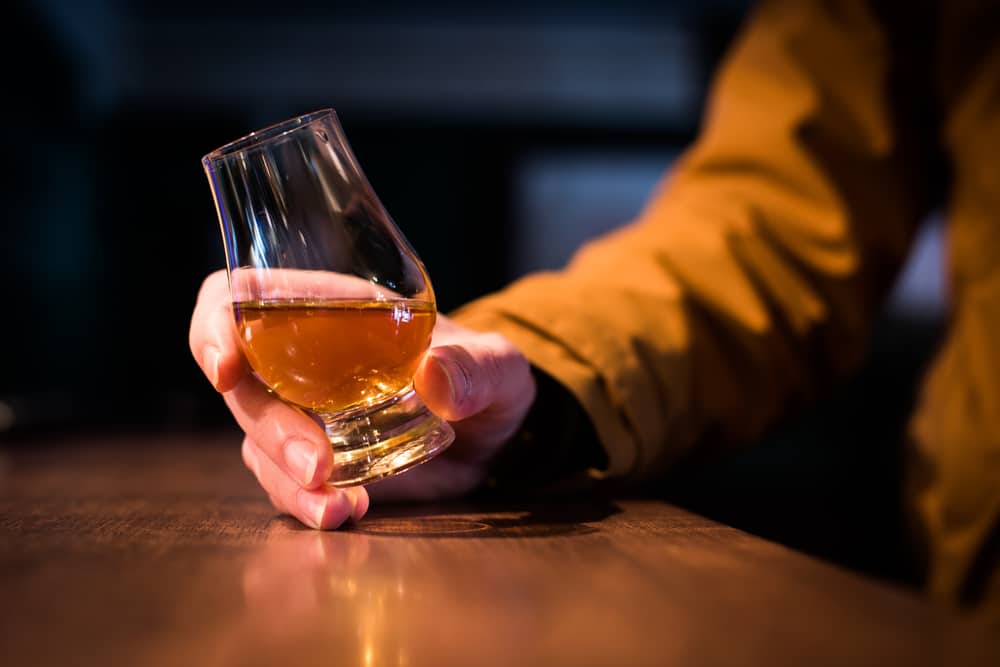
Pour a small amount of whisky into your chosen glass. Take a small sip of neat whisky. Let it rest on your tongue. Perhaps even swirl it around your mouth a bit.
Do not be tempted to swallow immediately—try to name the different flavors mentally. Some classic ones are caramel, vanilla, toffee, or even fruity qualities. Remember, different casks impart different flavors and colors. Also, try to establish if you can identify the smoky peat.
Water or No Water?
This choice is yours. Remember, ice will add some water. Try adding a splash of water to a neat whisky—it enhances and opens the whisky’s unique flavors as it tames the bite or harshness.
Avoid tap water due to the high chlorine content. Ideally, you’d want to opt for still spring water from Scotland, but ‘normal’ still spring water is also fine. Personally, I would not use a mixer as it kills all the unique aromas and flavors.
Conclusion
Remember, single malt whisky comes from a single distillery. It is a drink to be savored and enjoyed. Don’t rush it.
You will become an expert whisky drinker with these tips and tricks about temperature, glassware, checking the color, noting the legs, and smelling the whisky. All that’s left to do is pour yourself a single malt, kick back, and savor every drop of aqua vita—the water of life.
The word whisky comes from the Scottish Gaelic term usquebaugh, meaning the water of life. Uisge is water, while beatha means life.
In modern terms, whisky is from Scotland (including Canadian and Japanese, inspired by Scottish whisky), while whiskey is from Ireland and the USA.



